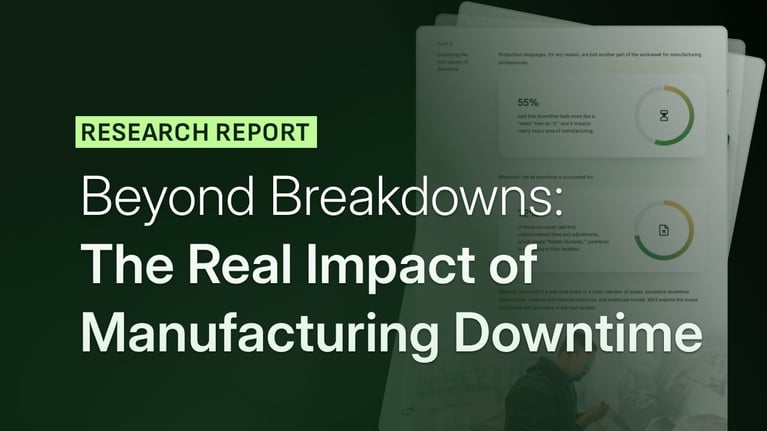
In the fast-paced world of manufacturing, every minute counts. The efficiency of a production line is crucial for success, and any interruptions can have a significant impact on the bottom line. To truly understand the implications of downtime, manufacturers must employ the concept of Fully Burdened Line Downtime Rates.
What Is Fully Burdened Line Downtime?
Fully burdened line downtime is a comprehensive metric that goes beyond direct costs, taking into account both the obvious and subtle expenses associated with production line stoppages.
Let's break down the components of this calculation to get a clearer picture.
1. Direct Costs
Direct costs are the immediate expenses directly tied to downtime. They encompass:
-
Lost Production Value: This is calculated by multiplying the number of units not produced due to downtime by the per-unit profit margin. It reflects the revenue that could have been generated if the production line had not been interrupted.
-
Labor Costs: During downtime, employees still need to be compensated. The wages paid to workers during these unproductive periods contribute to the direct costs.
2. Indirect Costs
Indirect costs are less apparent but equally impactful. They include:
-
Maintenance and Repair Costs: These are the expenses incurred for fixing the issues causing the downtime. Regular maintenance can prevent some of these costs, making it a crucial factor in minimizing downtime.
-
Overhead Costs: Fixed costs like utilities, rent, and salaries continue to accumulate even when the production line is halted. Including these costs in the calculation provides a more accurate representation of the total impact.
-
Depreciation of Equipment: The inactivity of machinery during downtime leads to a loss of equipment value over time. Factoring in depreciation helps account for this hidden cost.
-
Inventory Costs: Holding or managing inventory that cannot be processed during downtime incurs additional expenses. Including these costs in the calculation ensures a thorough understanding of the overall financial impact.
3. Opportunity Costs
The most intangible yet significant cost is the lost opportunity to generate revenue during downtime. This is a crucial aspect of the fully burdened line downtime calculation, emphasizing the long-term consequences of production interruptions.
4. Administrative and Other Associated Costs
These costs encompass expenses related to administrative tasks and other activities associated with managing and resolving downtime. Considering these costs provides a holistic view of the financial implications.
Calculating the Fully Burdened Line Downtime Rate
To arrive at the fully burdened line downtime rate, manufacturers aggregate all these costs and divide them by the total downtime period, usually measured in hours.
This calculation yields the cost per hour of downtime, offering a comprehensive perspective on the impact of production stoppages.
Powering Informed Decision-Making
Armed with the fully burdened line downtime rate, manufacturers can make informed decisions about maintenance schedules, equipment investments, and operational improvements. This data-driven approach helps minimize downtime and its associated costs, ultimately contributing to a more efficient and profitable production process.
Understanding fully burdened line downtime is not just about the immediate costs but also about recognizing the broader financial implications. By delving into the intricacies of downtime expenses, manufacturers can pave the way for a more resilient and streamlined manufacturing operation.
To learn more about how L2L can help increase your manufacturing efficiency, sign up for a free demo!
Revisions
Original version: 12 January 2024
Written by: Evelyn DuJack
Reviewed by: Daan Assen
Please read our editorial process for more information
Subscribe to Our Blog
We won't spam you, we promise. Only informative stuff about manufacturing, that's all.



